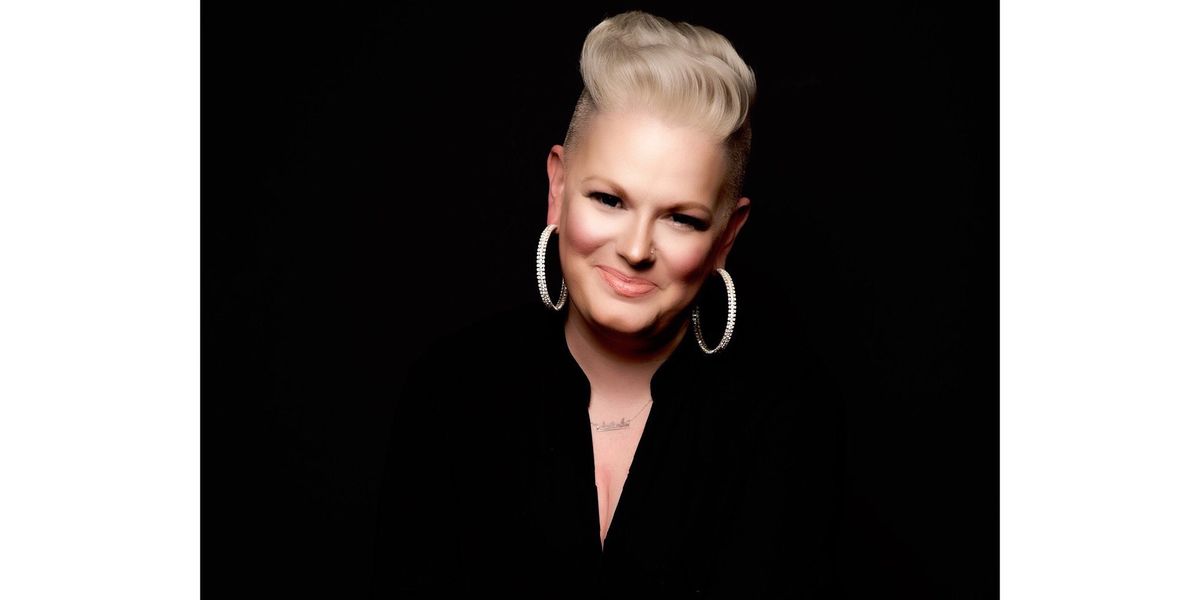Eight Threatening Illnesses Weren't Enough to Stop Choreographer Marinda Davis
When Marinda Davis was named second runner-up at the 2015 Capezio A.C.E. Awards, she dove headfirst into choreographing and producing a full-length show for her company, marInspired; the storytellers. But as her career was booming, Davis’ body was breaking down. Behind the scenes, she was dealing with eight very serious illnesses, one of which led to a months-long hospital stay. Now, as she prepares a piece for Giordano Dance Chicago (debuting in March), Davis reflects on how she’s powered through it all.
In addition to leading a company, you’ve also choreographed for “Dancing With the Stars,” and your dancers just competed on “World of Dance.” But what don’t most people see?
I was adopted, so growing up, I didn’t have any idea of my family history. I got sick a lot as an infant, and when I was 4, every time I stood up, I would completely lose my vision. I would faint a lot, and we just couldn’t get answers. Eventually doctors recommended I see a psychologist.
It wasn’t until I was 28 that a team of specialists at Cedars-Sinai Medical Center started making diagnoses. The first thing they found was Hashimoto’s disease, which is a thyroid autoimmune disease. Between the ages of 28 and 31—I’m 34 now—they gave me seven additional diagnoses, including lupus, Cushing’s disease and mastocytosis. Some are genetic, and most are autoimmune. Once I got those diagnoses, it was this weird feeling of being validated. Then came this horrific realization of what each disease entailed.
How do you treat eight different diseases?
I’m on 25 different medications a day, and every single one comes with about 40 side effects. Mornings are particularly hard. And every four weeks, I’m in L.A. for chemotherapy treatment for the lupus, which completely knocks me out for about five days. I’m throwing up, I have a lot of bone pain, and I can’t push through that.
How did these diseases affect your dancing?
Dance was always such an outlet for me, and I was able to pour so much of my frustration into my dancing. But as I struggled with my health, I started losing my facility and was constantly injured or dealing with surgeries. That’s when I shifted to choreographing, and my career took off.

One of your diseases—vascular Ehlers-Danlos syndrome—is not only extremely rare, but also life-threatening.
Eighty-five percent of people with type four Ehlers-Danlos don’t live to be 40. I’m 34. While I hope to shatter those statistics, it’s in my head every day. My aorta could rupture anytime. So that saying about living every moment to its fullest because it might be your last? That’s very relevant.
You were at your sickest when you did your 2016 show, UNbreakable, with your prize from the A.C.E. Awards.
Everybody told me not to do it. Looking back, it was insane that I did. But I had a story to tell, and I had this company of dancers I loved and believed in. I think it actually kept me alive. It kept me fighting for something and gave me a purpose.
What can we expect from the piece you’re creating for the Giordano company?
My work tends to straddle the contemporary concert and commercial worlds. It’s been a lot of commercial lately, which means I’m cramming everything into 1 minute and 15 seconds. Actually getting 15 to 20 minutes is so exciting!
Any advice for dancers facing scary, serious setbacks like the ones you go through every day?
Where there is a will, there really is a way. Maybe your intended path was straight up over the mountain, but that’s not going to work, so find a different way. Anything is possible as long as you’re willing to take a different route.




